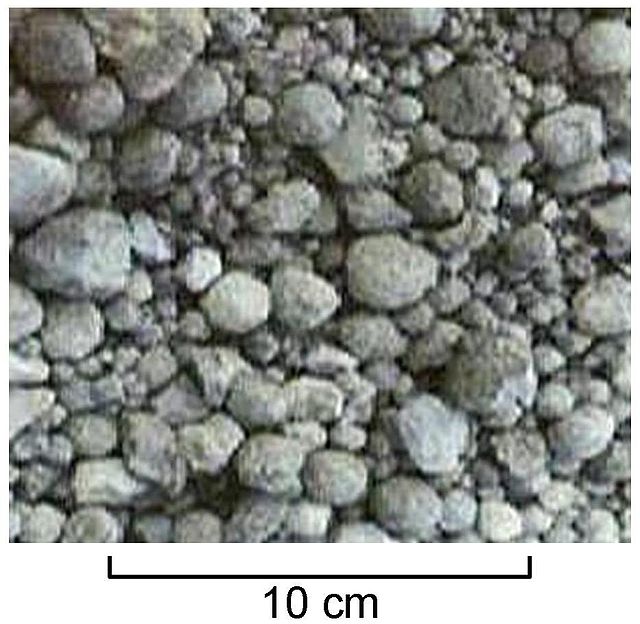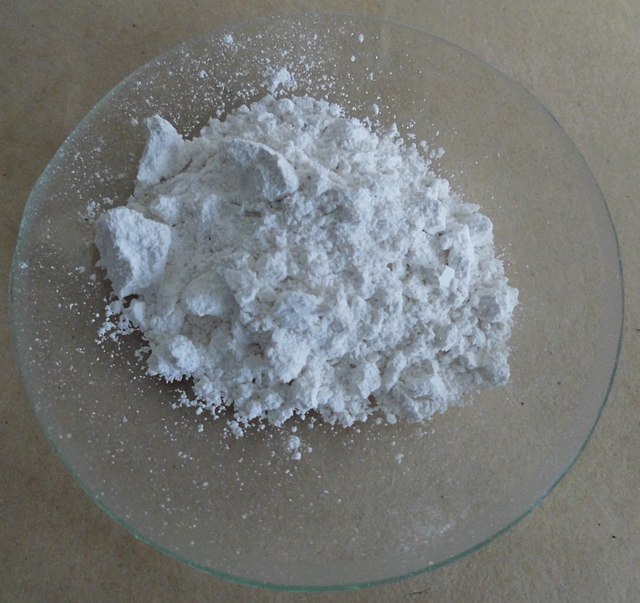Grout is a dense fluid that hardens used to fill gaps or as reinforcement in existing structures. Grout is generally a mixture of water, cement, and sand, and is employed in pressure grouting, embedding rebar in masonry walls, connecting sections of precast concrete, filling voids, and sealing joints such as those between tiles. Common uses for grout in the household include filling in tiles of shower floors and kitchen tiles. It is often color tinted when it has to be kept visible and sometimes includes fine gravel when being used to fill large spaces. Unlike other structural pastes such as plaster or joint compound, correctly mixed and applied grout forms a water-resistant seal.
Smoothing grout between tiles with a rubber grout float.
A cement is a binder, a chemical substance used for construction that sets, hardens, and adheres to other materials to bind them together. Cement is seldom used on its own, but rather to bind sand and gravel (aggregate) together. Cement mixed with fine aggregate produces mortar for masonry, or with sand and gravel, produces concrete. Concrete is the most widely used material in existence and is behind only water as the planet's most-consumed resource.
Cement powder, here conditioned[clarification needed] in bag, ready to be mixed with aggregates and water. Dispersing dry cement dust in the air should be avoided to prevent health issues.
Cement block construction examples from the Multiplex Manufacturing Company of Toledo, Ohio, in 1905
Clinker nodules produced by sintering at 1450 °C
Calcium oxide obtained by thermal decomposition of calcium carbonate at high temperature (above 825 °C).


![Cement powder, here conditioned[clarification needed] in bag, ready to be mixed with aggregates and water. Dispersing dry cement dust in the air shoul](https://upload.wikimedia.org/wikipedia/commons/thumb/a/a4/USMC-110806-M-IX060-148.jpg/400px-USMC-110806-M-IX060-148.jpg)


